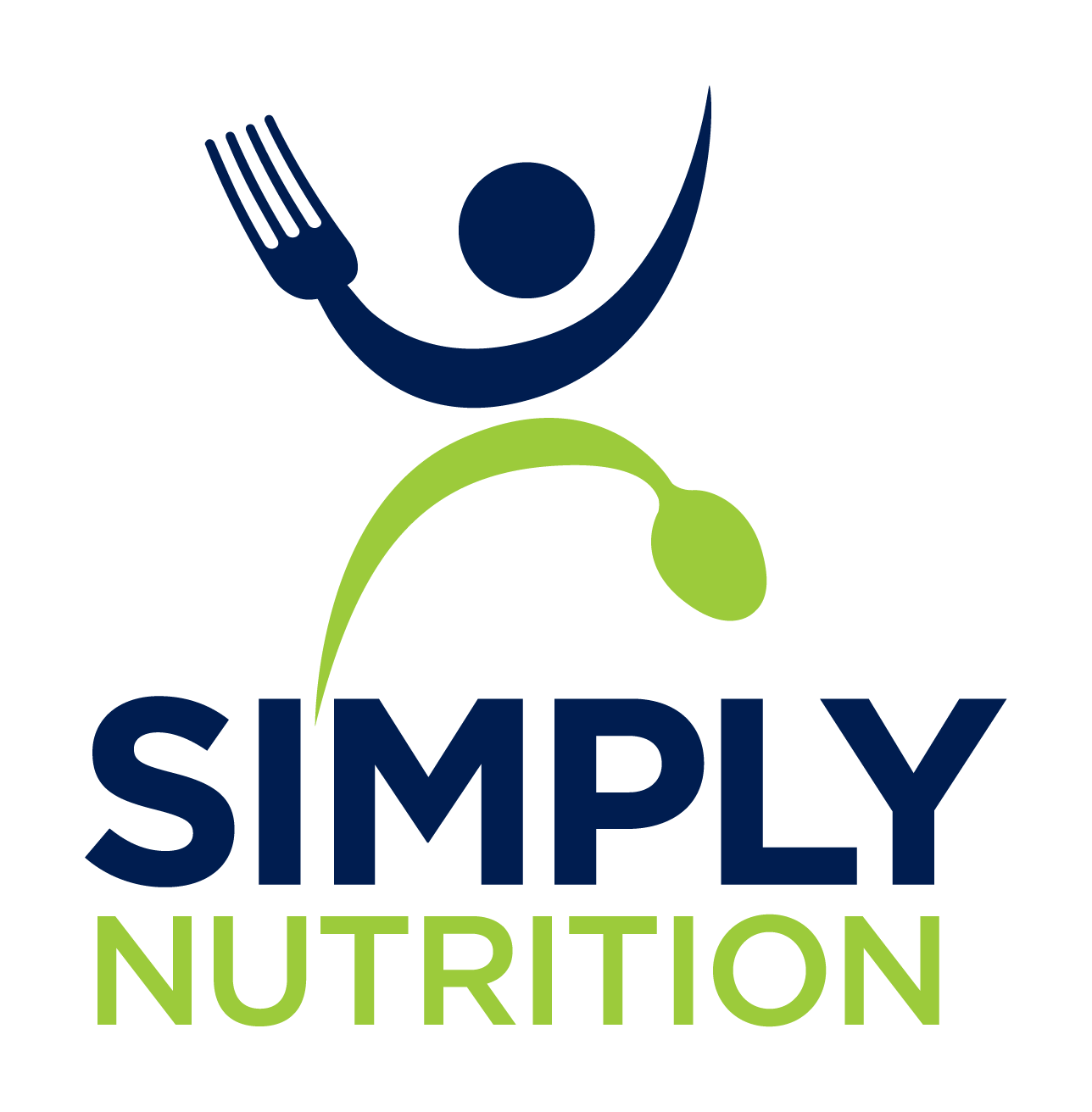Exercise and Eating Disorders
Posted on September 2, 2018 at 6:15 pm | Eating Disorder Recovery | simplynutrition
Should exercise be integrated into eating disorder recovery?
Often times, individuals with eating disorders may also have exercise addiction, so recovery teams highly recommend abstinence from exercise. However, there has recently been some research into how exercise can be beneficial in eating disorder recovery.
The research indicates that when nutritional needs are fulfilled, exercise may be safe in eating disorder treatment. However, exercise must be closely monitored and no nutrition or medical contraindications can be present. The prominent researcher, Brian Cook, has developed 11 guidelines for use of exercise in eating disorder recovery.

- Team approach
- Each member of the treatment team is familiar with exercise prescription, physiology, and nutrition. A multidisciplinary team is used to develop individually tailored exercise program.
- Medical concerns/contraindications
- Safety is the primary concern when adding exercise to recovery so precautions should be taken.
- Screen for exercise-related psychopathology
- Identify if exercise become addictive, compulsive, or dependent.
- Create a written contract
- The contract should contain exercise program rules, goals, outcomes, expectations, and possibilities for relapse and progression should be agreed on by team.
- Include psychoeducational component
- ED patient must understand the purpose of exercise program (such as exercise for health benefits, recognize when it becomes problematic, body awareness).
- Focus on positive reinforcement
- Manage over-exercising by making exercise dependent on treatment compliance. For example, if patient does not eat 100% of meal plan, he or she cannot continue exercise.
- Create a graded program
- Choose incremental intensity- begin with small amounts of low intensity exercise.
- Start with mild intensity and slowly build to moderate
- A primary goal for ED individuals is to limit to short durations of low intensity activities to allow gradual conditioning.
- Mode of exercise
- Aerobic and resistance exercise should be tailored for needs of the individual. For example, resistance training may be best for Anorexia Nervosa patient.
- Nutrition
- A dietitian should be part of treatment team. Proper nutrition must be followed to continue exercise treatment.
- Debriefing
- Individual should be debriefed regarding sensations, emotions, and thoughts evoked by exercise. This allows the individual to develop and recognize body awareness versus feelings after compulsive exercise.
During his research, Cook suggests that reversing compulsive exercise during recovery to a healthy behavior may change an individual’s thoughts and attitudes about exercise. Therefore, the therapeutic exercise should emphasize how one’s body feels when engaging in healthy amounts of exercise and exercising when properly nourished.
What do you think about exercise as a tool for eating disorder recovery?!
Source
Cook, B. (2018, January 30). Guidelines for the Use of Exercise in Eating Disorders Treatment. Retrieved August 16, 2018, from https://www.edcatalogue.com/guidelines-use-exercise-eating-disorders-treatment/



